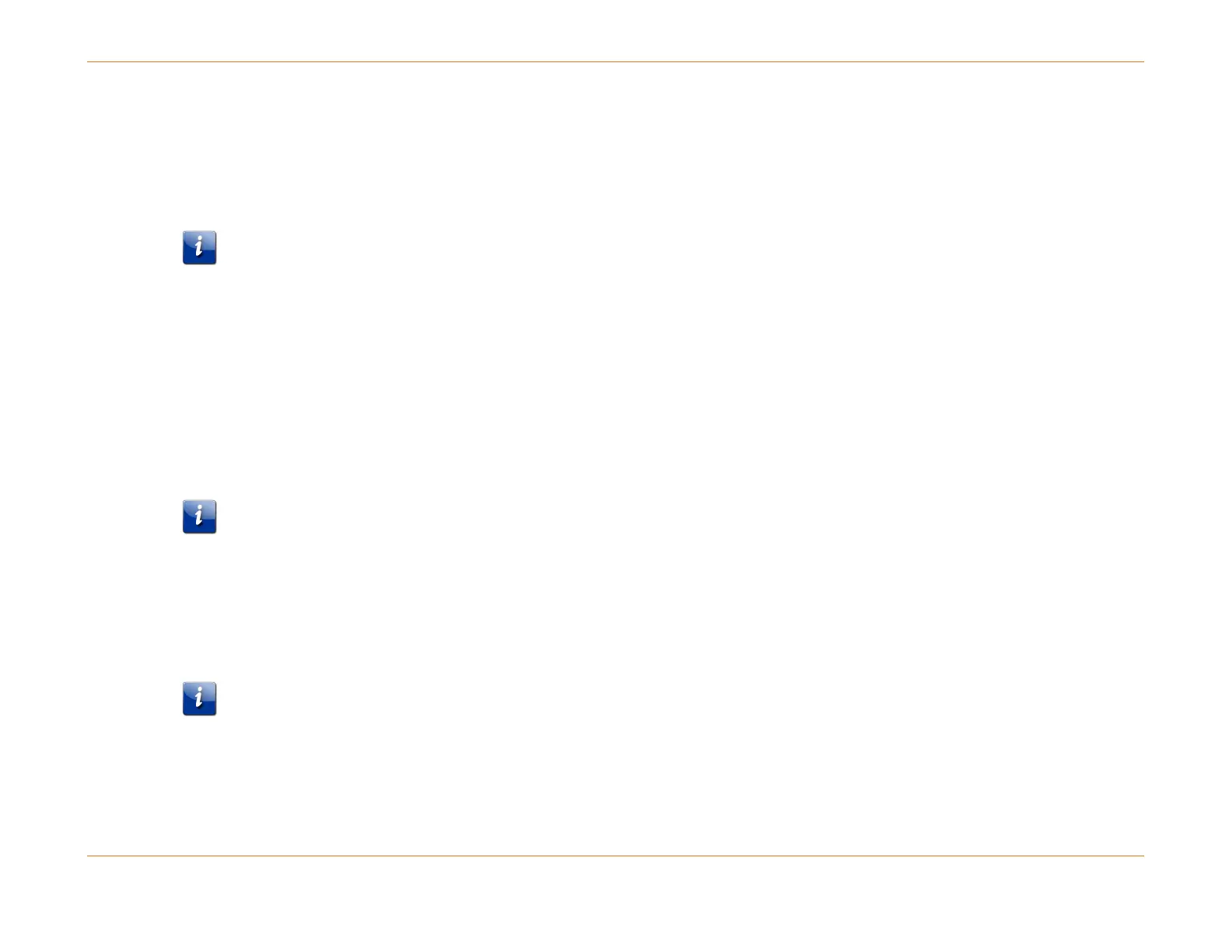Chapter 32: Packet Throttling
STANDARD Revision 1.0 C4® CMTS Release 8.3 User Guide
© 2016 ARRIS Enterprises LLC. All Rights Reserved. 934
Router Solicitation packets
Router Redirect packets
Router Advertisement packets
For purposes of throttling, any IPv6 UDP packet with a DEST Port of 547, and any IPV4 packet with a DEST Port of 67 are
considered DHCP packets.
Note: This feature is also called subscriber-side throttling, DHCP/ARP, or IGMP throttling.
IPv6 Neighborhood Discovery
IPv6 ND is a set of protocol messages (RFC 2461) and processes that determine relationships between neighboring nodes.
There are five types of ND packets that are throttled by this feature:
Router Solicitation (RS — type 133)
Router Advertisement (RA — type 134)
ND neighbor solicitation (type 135)
ND neighbor advertisement (type 136)
Redirect (type 137)
Note: Type is an option that is formatted in the Type-Length-Variable (TLV) format.
ARP/ND Monitoring
ARP/ND Abuse Count Monitoring provides a means of controlling CMs or CPEs that are generating excessive:
ARP packets
ND packets
Note: DHCP/ARP Throttling must be enabled for ARP/ND Abuse Counts to function.
Even though this feature throttles all devices, the system monitors only the first 32 devices (specifically MAC addresses)
subject to ARP/ND request throttling on a CAM plus the first 32 devices subject to ARP/ND reply throttling on an interface.
It then counts the number of ARP/ND request or reply packets dropped due to throttling of those devices.
